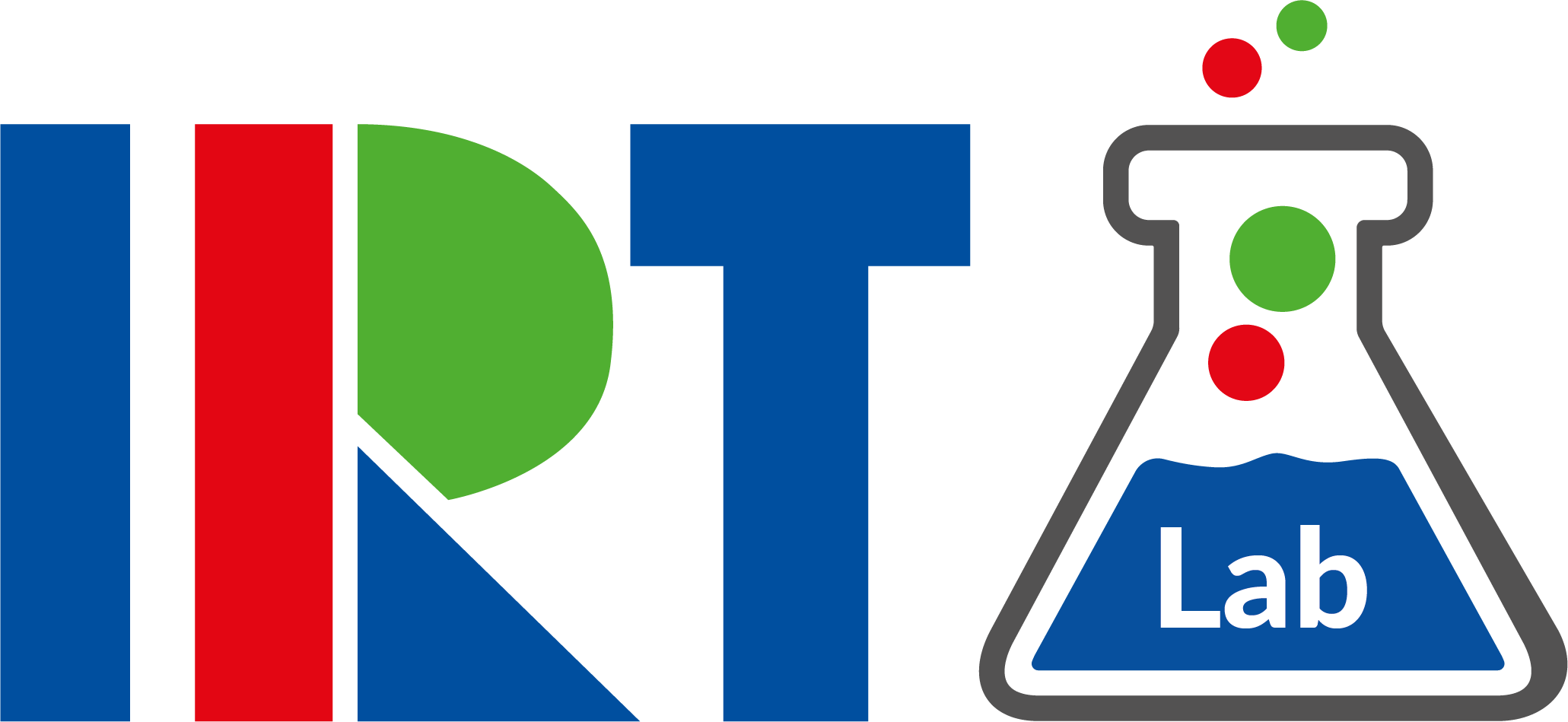After the switch of the TV format from 4:3 to 16:9, other aspect ratios remained at best a niche product for a long time in the broadcasting industry. But social media are defining entirely new standards on their platforms. This challenges video producers to provide their content to various distribution channels – including the need for different aspect ratios which are requested by some third-party platforms. Today, most broadcasters use social media platforms to expand their reach especially targeting younger audience. And this means leaving a well-defined 16:9 world and moving to more flexible production workflows. In addition, the fact that the user watches a video with the screen orientation for which the video was produced is by no means a given.
The number of videos produced in vertical orientation, known as portrait mode, has been rising continuously for months. Video consumption on mobile devices anyway. Many people watch at least short video clips or news items on their smartphones several times a week. In reality however, whether out of convenience or out of fear of accidentally dropping the device, users often maintain vertical orientation when scrolling and swiping through online content. Even though these are videos in 16:9 format, which only provide a full-screen experience in landscape mode, i.e. the horizontal view.
The user will naturally have the free choice to switch his device from vertical to horizontal mode. In order to increase a company’s own visibility and cover a large part of all possible combinations, providers of online content should in future be able to provide formats with different aspect ratios, such as 16:9, 5:4, 1:1, 4:5 or 9:16, ideally fully automated.
However, whether and how video content may be cut should still be a journalistic decision for the editorial staff. Today, videos are already being analysed with the help of artificial intelligence and machine learning methods and then automatically cut to size in accordance with the content. The operator then performs a quality check. In order to adjust the size, position and proportion of embedded objects, such as graphics, banners, subtitles and station logos, the two formats, landscape and portrait, must still be produced in separate workflows.
At IRT, a proof of concept for Android platforms has been developed over the past few weeks, with which the two target formats 16:9 and 9:16, with a limited feature set for graphics, can be played out in one step. The video cropping and adaptation of graphic objects are rendered on the end device itself, while the previously defined appearance remains guaranteed. This functionality enhances the mobile video experience, regardless of the orientation of the device. Specifically, the production workflow was addressed and implemented exemplarily. Although the end-to-end system chain is not yet suitable for regular operation, it shows that multi-format productions are definitely possible in the future.
We are currently working with broadcasters and manufacturers of video editing software to develop an economical solution concept that will integrate this challenge into a professional production environment. If you are interested in the project or a cooperation, the authors will be pleased to get in touch with you.

